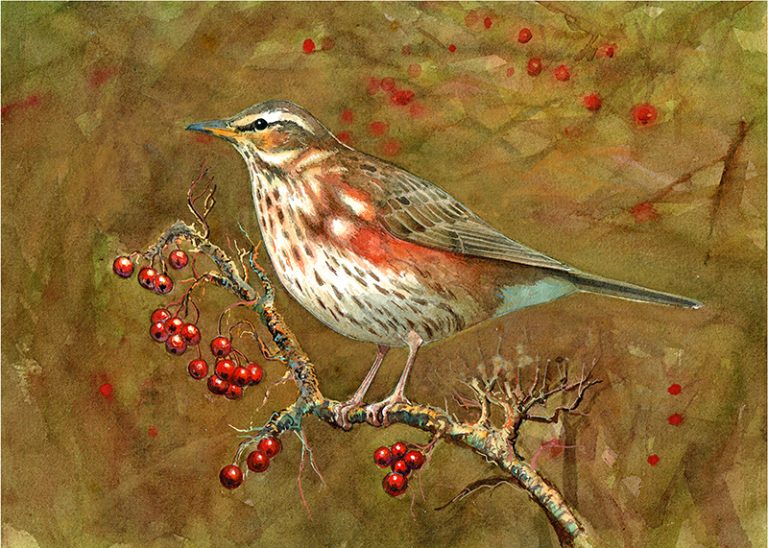I was recently commissioned to produce an illustration for Tatler magazine. The piece accompanied a fun and informative article about the history of the Whips’ Office and its current role in Parliament.
The article featured the Labour Chief Whip, Sir Alan Campbell, “whipping in” party members—represented as hounds—into the Aye Lobby in the House of Commons.
It was a thoroughly enjoyable project, and I even learned a bit of history along the way.
An Oultine of the article from The Tatler
Party whips in Parliament are often compared to sewers in civilisation—unseen but vital. Yet today, like the Victorian plumbing beneath Westminster, party discipline is under increasing strain. A new book shines an unwelcome light on the Commons’ enforcers, much to their irritation. One mutters: “Whipping, like stripping, is best done in private.”
The breach comes from Simon Hart, former Chief Whip under Rishi Sunak. His candid diaries reveal the chaotic life of a whip managing a scandal-ridden Conservative Party. From extracting an MP from a brothel linked to Russian agents to navigating constant demands for honours, Hart’s memoir illustrates the Whips’ Office as political triage. His toughest task? Convincing ideological Tories to support the Rwanda deportation plan. “This wasn’t about fulfilling dreams,” he writes. “It was about winning votes.”
Historically, whips have used loyalty, pressure, and persuasion to control MPs. The title “whip” originates from hunting, where the “whipper-in” keeps stray hounds in line. Tories often drew whips from the military, while Labour leaned on union muscle. Some, like Ted Heath, used the role as a springboard to leadership. Others, like Gavin Williamson, became known for theatrics—his pet tarantula Cronus a case in point.
Labour’s Chief Whip, Sir Alan Campbell, is a seasoned operator. His office is lined with photos of past Labour leaders—a subtle reminder to rebellious MPs. Despite a 167-seat majority, Labour isn’t immune to dissent. Already, there have been rebellions over benefit caps and rural tax policy.
Whips operate from Parliament and No. 9 Downing Street, close to the Prime Minister. But modern tactics have changed. The bullying once immortalised by fictional villain Francis Urquhart has largely given way to more subtle tools. Whips now trade in promises—career advancement, foreign trips, or even bottles of wine.
Good pastoral care also plays a role. Gyles Brandreth, a former whip, fondly recalls caring for his “flock,” including sending MPs to monasteries or arranging dual funerals for a member’s wife and mistress. Gossip remains a key currency—keeping track of MPs’ concerns, scandals, and motivations.
Yet in today’s fragmented Parliament, monitoring MPs is harder. Evening departures and the end of bars like Annie’s mean less casual contact. Still, duty whips track speeches and score performances—useful data for future reshuffles. The Whips’ Office remains a training ground for future leaders, as well as a hub for crucial intelligence.
Though some argue secrecy is vital to preserve its power, critics believe it’s time to let light into Parliament’s “sewers”—and expose how power really works.





One comment:
Interesting article, congratulations on being part of this magazine.